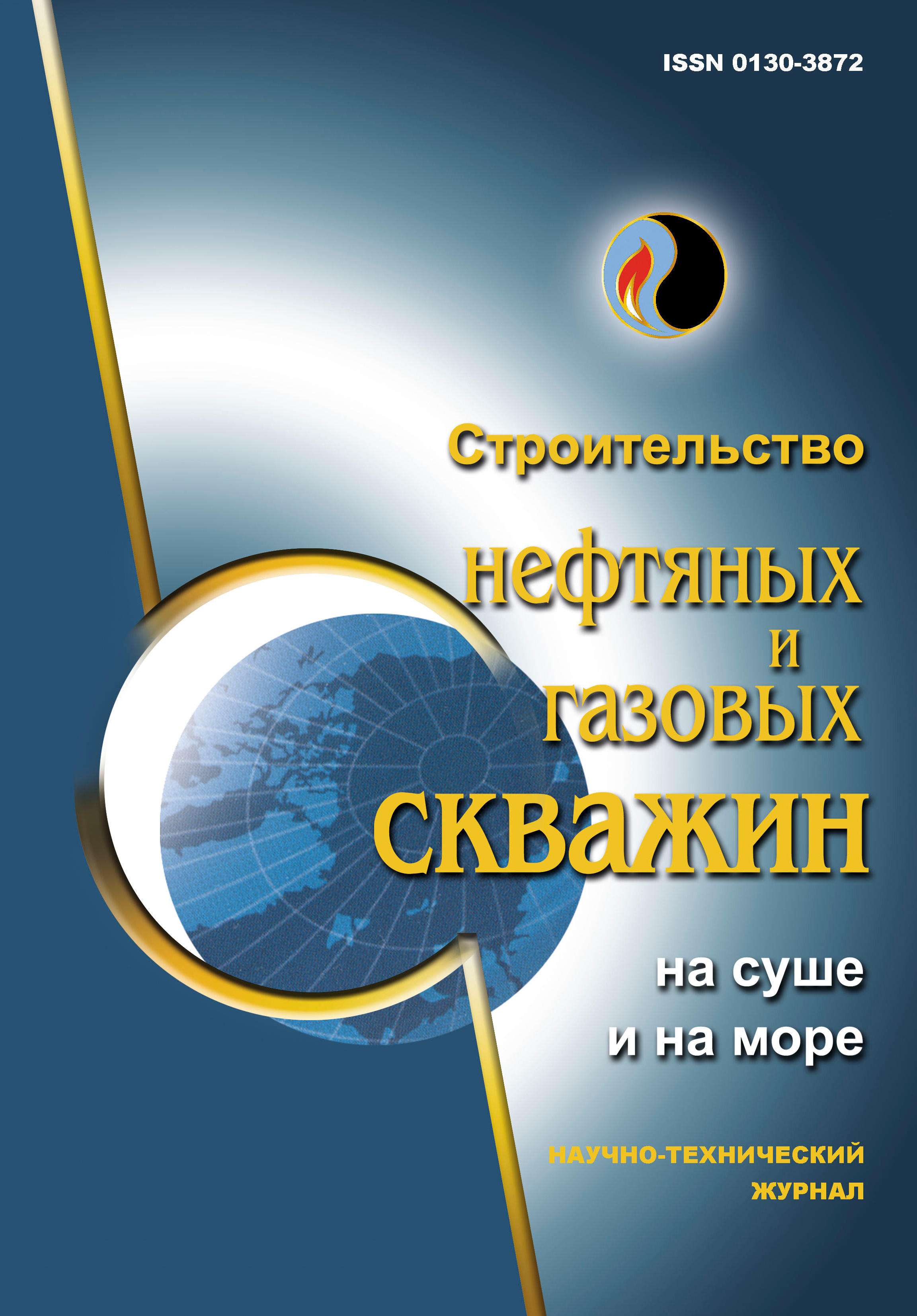Factors determining rate of penetration (ROP) for the shield horizontal directional drilling method when constructing main pipeline crossings
UDC: 621.644.074
DOI: 10.33285/0130-3872-2023-1(361)-13-19
Authors:
SHARAFUTDINOV ZARIF Z. 1
1,
SHATALOV DMITRIY A. 2
2,
VAFIN DINAR R. 2
2,
SHAMANIN ANDREY P. 2
2,
ISLAMOV ISKANDAR R. 1
1
1 NII Transneft, Moscow, Russia
2 Gazprom Promgaz, Moscow, Russia
Keywords: underwater crossing, directional drilling with a shield, construction of underwater pipeline crossings, penetration rate, technical and economic indicators of crossings construction
Annotation:
An assessment of the technical and economic indicators of crossings construction when implementing the technology of horizontal directional drilling by a shield is required to develop the economic indicators of construction and the widespread introduction of this technology in the construction of various pipeline crossings through natural and artificial obstacles when laying the linear part of the main pipelines. The work carried out showed the need to involve provisions on: mechanical, technical, commercial and cycle speed of penetration and construction of underwater pipeline crossings. It is shown that mechanical penetration rate when constructing underwater pipeline crossings is determined by the value of power implemented on the tool for a given well bottom area and provided by the energy intensity value of rock destruction. The control of the latter factor is achieved by using special designs of the rock cutting tool (shield). The analysis of the strength properties of soils encountered at underwater crossings shows that most types of soils, penetrated by the method of directional drilling, require the use of drill bit cutting structures necessary for penetrating require rocks of M type (soft). That’s why, we can state that the main problem of possible control of penetration rate is not only the type of cutting structures used on the rock cutting tool, but also its design and equipment in relation to the well diameter.
Bibliography:
1. Popov A.N., Moguchev A.I., Popov M.A. Soglasovanie shkal tverdosti gornykh porod v kategoriyakh s pokazatelyami ikh mekhanicheskikh svoystv // Stroitel'stvo neftyanykh i gazovykh skvazhin na sushe i na more. – 2009. – № 2. – S. 18–23.
2. Tekhnologiya bureniya neftyanykh i gazovykh skvazhin: ucheb. posobie / A.N. Popov, A.I. Spivak, T.O. Akbulatov [i dr.]. – M.: Nedra, 2003. – 509 s.
3. Popov A.N., Trushkin B.N. Razrushenie gornykh porod pri burenii skvazhin: ucheb.-metod. posobie. – Ufa: UGNTU, 2005. – 19 s.
4. Tsytovich N.A. Mekhanika gruntov. – 4-e izd., pererab. i dop. – M.: Gosstroyizdat, 1963. – 636 s.
5. Stroitel'stvo perekhodov magistral'nykh truboprovodov cherez estestvennye i iskusstvennye prepyatstviya / Z.Z. Sharafutdinov, Yu.I. Spektor, A.B. Skrepnyuk [i dr.]. – Novosibirsk: Nauka, 2013. – 339 s.
6. Bokhan A. Tekhnologiya Direct Pipe kompanii Herrenknecht AG zadaet novye standarty v podzemnoy prokladke neftegazoprovodov // Bestransheynye tekhnologii. Gorizontal'noe napravlennoe burenie. – 2021. – № 1(5). – S. 9–13.
7. Robison J.L., Engelhardt J., Shepherd J. Direct Pipe® Feasibility and Planning-Industry Trends // North American Society for Trenchless Technology (NASTT) NASTT's 2021 No-Dig Show, Orlando, Florida, March 28 – April 1. – 2021. – URL: https://www.researchgate.net/publication/350640474_Direct_PipeR_Feasibility_and_Planning Industry_Trends_North_ American_Society_for_Trenchless_Technology_ NASTT_NASTT's_2021_No-Dig_Show
8. Vafin D.R., Shamanin A.P., Shatalov D.A. Skorosti shchitovoy prokhodki truboprovodom v protsesse stroitel'stva podvodnykh perekhodov // Gazovaya prom-st'. – 2022. – № 6(824). – S. 42–50.
9. Smetnoe normirovanie novykh tekhnologiy bestransheynogo stroitel'stva podvodnykh perekhodov magistral'nykh truboprovodov v PAO "Gazprom" / D.R. Vafin, O.A. Poteeva, M.V. Rubinshteyn, D.V. Goryanskiy // Gazovaya prom-st': spets. izd. – 2020. – S. 58–62.

